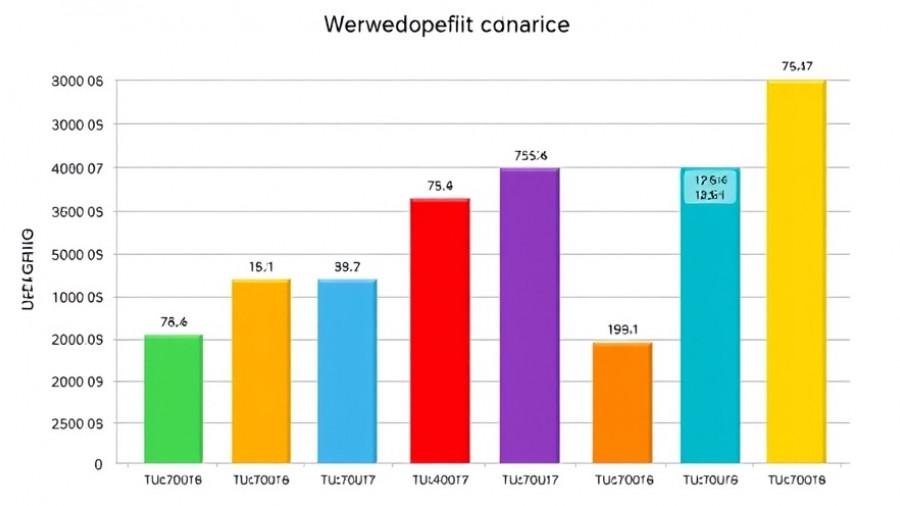
The Unseen Struggle: Why Language Models Can't Truly Mimic Human Communication
In an age where artificial intelligence has made remarkable strides, particularly with large language models (LLMs), there's an unsettling realization emerging about their capabilities: they can mimic human conversation, but they fall short in truly understanding it. This shortfall is not just a technical limitation; it reflects a fundamental discrepancy between how machines process language and how humans comprehend it.
Understanding the Limitations
Large language models operate on a predictive basis, generating responses based on patterns learned from vast amounts of text data. However, this method does not replicate the depth of human understanding, which is cultivated through context and emotional nuance. As explored by scholars at NYU, human language processing involves a level of integration and reflection that machines simply cannot emulate. For instance, consider complex sentences that introduce syntactical ambiguities—humans navigate these through cognitive frameworks built over years of nuanced communication and social interaction.
The Gap in Predictive Power
Recent studies highlight the limitations in the predictive capabilities of LLMs. A benchmark study indicates that while LLMs can anticipate unexpected words in complex phrases, their predictions of processing difficulty frequently miss the mark. For instance, human readers might struggle with sentences requiring reanalysis, whereas LLMs might not recognize the gravity of this challenge. This disconnect raises important questions about the viability of relying solely on LLMs for intricate tasks that demand higher levels of comprehension.
Challenges of Memory and Learning
Moreover, the lack of long-term memory is another significant limitation for LLMs. Unlike humans, who build on past experiences and interactions, LLMs treat each conversation as a separate entity. This stateless design leads to inconsistent outputs and a failure to learn continuously from previous interactions. For instance, if a user engages an LLM in a conversation about a specific topic and later returns to discuss a related concept, the model will have no recollection of the earlier dialogue, potentially leading to contradictions or confounding answers.
Consequences of Hallucination
Another intriguing phenomenon associated with LLMs is their tendency to produce 'hallucinations'—confidently generating information that is fabricated or misleading. This behavior stems from the model's training on imperfect data sets that often contain inaccuracies. The implications are particularly grave in fields requiring precise information. Users must remain vigilant, cross-checking vital outputs against reliable sources to avoid pitfalls caused by an LLM’s fabricated knowledge.
Societal Implications: A Double-Edged Sword
The limitations of LLMs extend beyond just technical inadequacies; they have far-reaching societal implications. As institutions begin to deploy AI-driven technologies widely, understanding their limitations is crucial. Educators, for instance, might integrate LLMs for tutoring or as educational assistants without fully grasping that these tools lack true comprehension and learning capabilities. The risk here is that students might receive incorrect information or guidance, potentially hindering their educational progress.
Strategies for Effective Use of LLMs
Despite their limitations, there are strategies users can employ to maximize the benefits of these AI systems while mitigating their shortcomings. Being specific in prompts, breaking down complex inquiries, and expecting the AI to clarify uncertainty can enhance interaction quality. Additionally, AI users should harness these technologies for brainstorming and content generation, where the inherent creativity of LLMs shines, but pair it with human oversight for critical analyses.
Final Thoughts
The debate regarding the capabilities and shortcomings of large language models is crucial as we navigate a future intertwined with AI. While LLMs represent a remarkable technological achievement, their inability to truly understand human language underscores the need for caution in their deployment across various sectors. As both users and developers, there is responsibility to recognize these boundaries and harness AI as an augmentation of human intelligence, not as a replacement for it.
 Add Row
Add Row  Add
Add 




Write A Comment